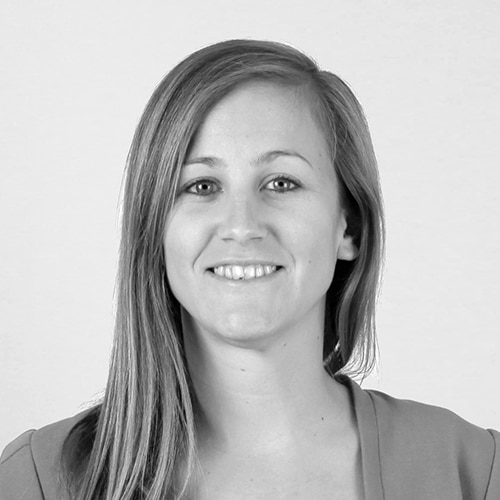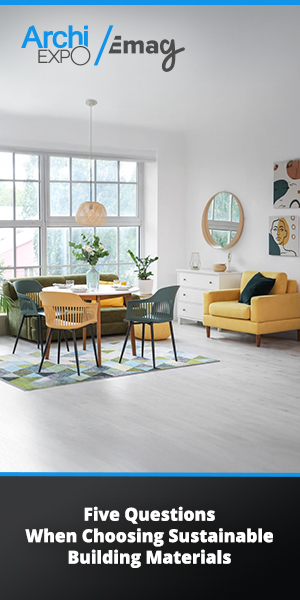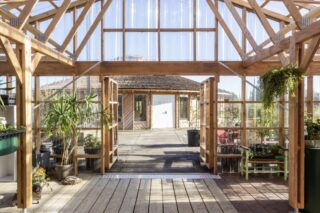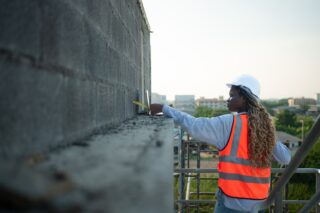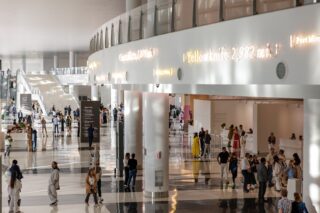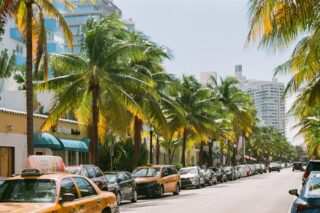FSC France is revising its standard, which will come into effect on July 1, 2024. This initiative strengthens responsible forest management and ensures the ecological level of wood by-product manufacturing. We discuss with Guillaume Dahringer, Technical Director of FSC France, to learn more.
On the road to Paris 2024, everything is connected. In preparation for the Olympic Games, several stakeholders have contributed to a major project, France Bois 2024, to promote the use of wood in the construction and development of Olympic facilities. One of the key players, Forest Stewardship Council (FSC) France, the association dedicated to forest preservation and promoting responsible management, is in the midst of a major revision of its standard.
The revision of the FSC France standard aims to strengthen existing certification standards and criteria, thereby ensuring sustainable and responsible forest management. This update includes stricter requirements for biodiversity conservation, preservation of natural habitats, and respect for the rights of local communities.
In parallel, the adoption of blockchain technology to enhance the traceability of certified wood products could soon become a reality in France. FSC International developed and piloted a blockchain-based digital verification platform in 2021 with encouraging results. In partnership with leading technology companies in the sector, FSC will implement a blockchain-based platform to ensure the traceability and authenticity of FSC products throughout their journey, from the forest to retail.
Blockchain technology will enable consumers to easily verify the origin of certified FSC wood products, providing increased transparency and preventing the risk of counterfeiting. Through this innovation, FSC hopes to further encourage consumers to make responsible choices in their purchases and support sustainable forest management initiatives.
The revision of the standard will be published early next year and will come into effect on July 1, 2024, and the blockchain-based platform should see a gradual deployment early next year as well, although there is no specific date yet for France. We discuss with Guillaume Dahringer, Technical Director of FSC France, to learn more.
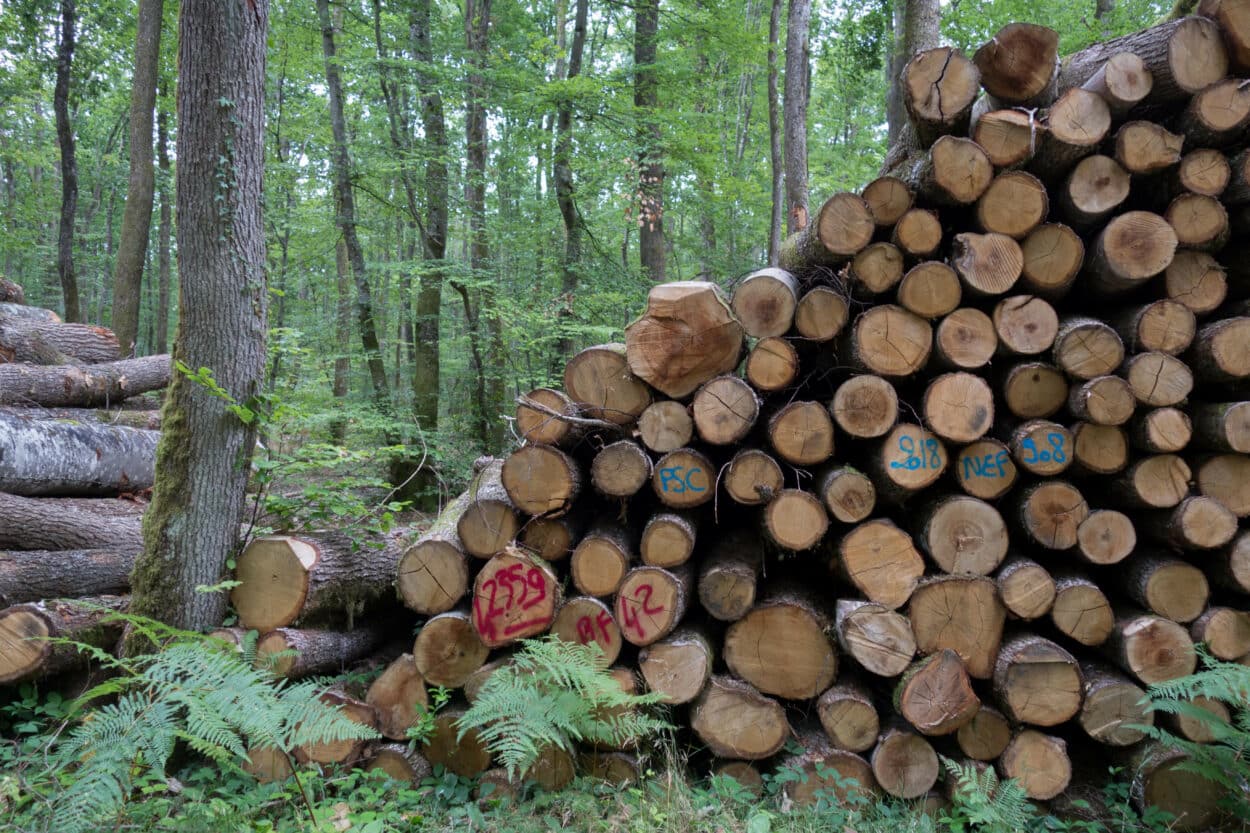
ArchiExpo e-Magazine: Can you tell us the brief history of FSC International and its arrival in France?
Guillaume Dahringer: FSC International was established in 1994, notably with its headquarters in Rio, also known as the Rio Earth Summit, with the idea that the market should be used as a tool to promote responsible forest management. The concept was to gather industry stakeholders – forest management, timber, paper, cardboard, panels, the entire wood sector – along with international NGOs like WWF and Les Amis de la Terre, national associations from different countries, actors focused on social rights, workers’ unions in the forest and wood sector, and representatives of indigenous peoples living in forests. All these stakeholders came together to create the first international system of certification for responsible forest management, based on a balance between the economic, ecological, mental, and social functions of the forest. Our governance gives equal weight to environmental, social, and economic aspects. The founding general assembly took place in Canada, but it is very international since the FSC headquarters is based in Oaxaca, Mexico. It has evolved, but the parent organization still remains in Mexico, while the operational headquarters of international teams is in Bonn, Germany. FSC is expanding in different countries that wish to implement it. FSC France was established in 2007.
Currently, we have nearly 800 FSC-certified companies in France, spanning various sectors, including printing, trading, sawmills, secondary wood product manufacturers for construction, cardboard and panel companies, and more. In terms of forest development, which is still modest compared to France’s forest area, we have 100,000 hectares of FSC-certified forests in metropolitan France, out of a total forest area of 15 million hectares. We have seen strong momentum over the past five years, with new managers undergoing certification, demonstrating a real interest among forest managers to enter the FSC system, which provides them with the assurance of conducting responsible forest management. Through annual inspections, they can demonstrate that the management they implement is responsible. Subsequently, they can market their wood with the FSC label.
ArchiExpo e-Magazine: What are the criteria for the label, and who issues the certificates?
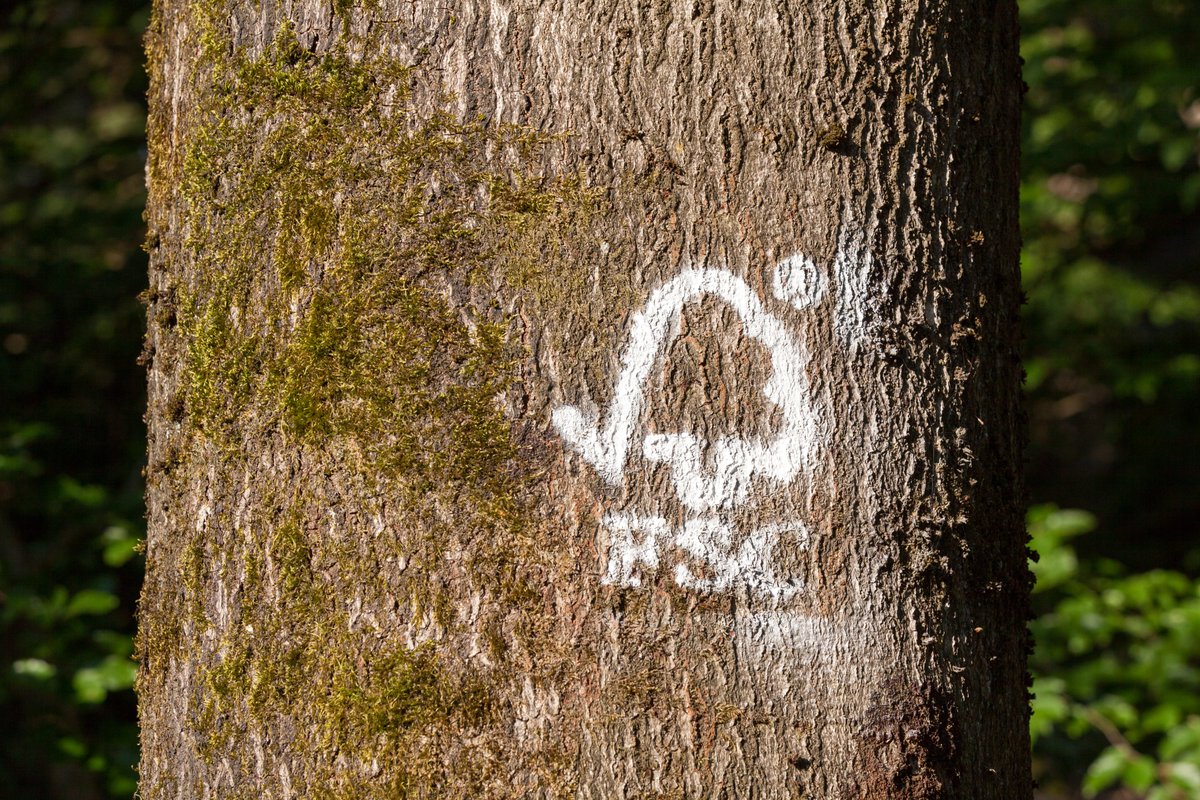
Guillaume Dahringer: There are two main certifications: one for forest management and one for the chain of custody. We have ten major principles that are universal themes defining responsible management, such as compliance with laws, respect for workers’ rights, and biodiversity protection. These ten principles are voted on by our international members and apply worldwide. They are also divided into sub-themes with 70 criteria. We then adapt them according to national conditions and contexts in different countries. Each criterion is further divided into indicators that are applied directly on the ground by forest managers. This adaptation is necessary because French forestry work is not the same as in Canada, South Africa, etc. We have different ecological, regulatory, and social contexts, so we adapt, but the ten themes remain the same regardless of the country.
The implementation is voluntary on the part of forest managers. It is a voluntary certification system, controlled by independent certification bodies accredited to issue the certification. Our role is to explain the regulations so that managers can implement these standards. Above the certification bodies, there is also an Initial Accreditation Training (IAT) organization that oversees international chains. FSC has an agreement with IAT to monitor certification bodies and ensure they are fulfilling their role. Managers can directly contact the certifiers to arrange audits and obtain certification. From our side, we do not intervene in the certification decision. We create the standards, but we do not decide who will be certified.
ArchiExpo e-Magazine: What does the label guarantee in terms of wood traceability?
Guillaume Dahringer: We have a standard for traceability within processing and trading companies. It ensures the traceability of wood once it has been harvested in the forest and goes through operators, traders, sawmills, panel companies, etc. Through traceability rules in the chain of custody, we ensure that wood sold with the FSC label comes from a certified forest or, at a minimum, is equivalent in volume to what was purchased from a certified forest. At each stage, there is a certification organization that conducts annual inspections to ensure that traceability procedures are in place and that the purchased wood is FSC certified. This traceability extends to the construction of a building, for which we have another standard derived from the chain of custody. Building construction is specific because each building is unique, except for prefabricated houses. There are many on-site installations and transformations. The project certification ensures the traceability of FSC wood to the construction site. The contractor and the client can then communicate that they have indeed built with certified wood.
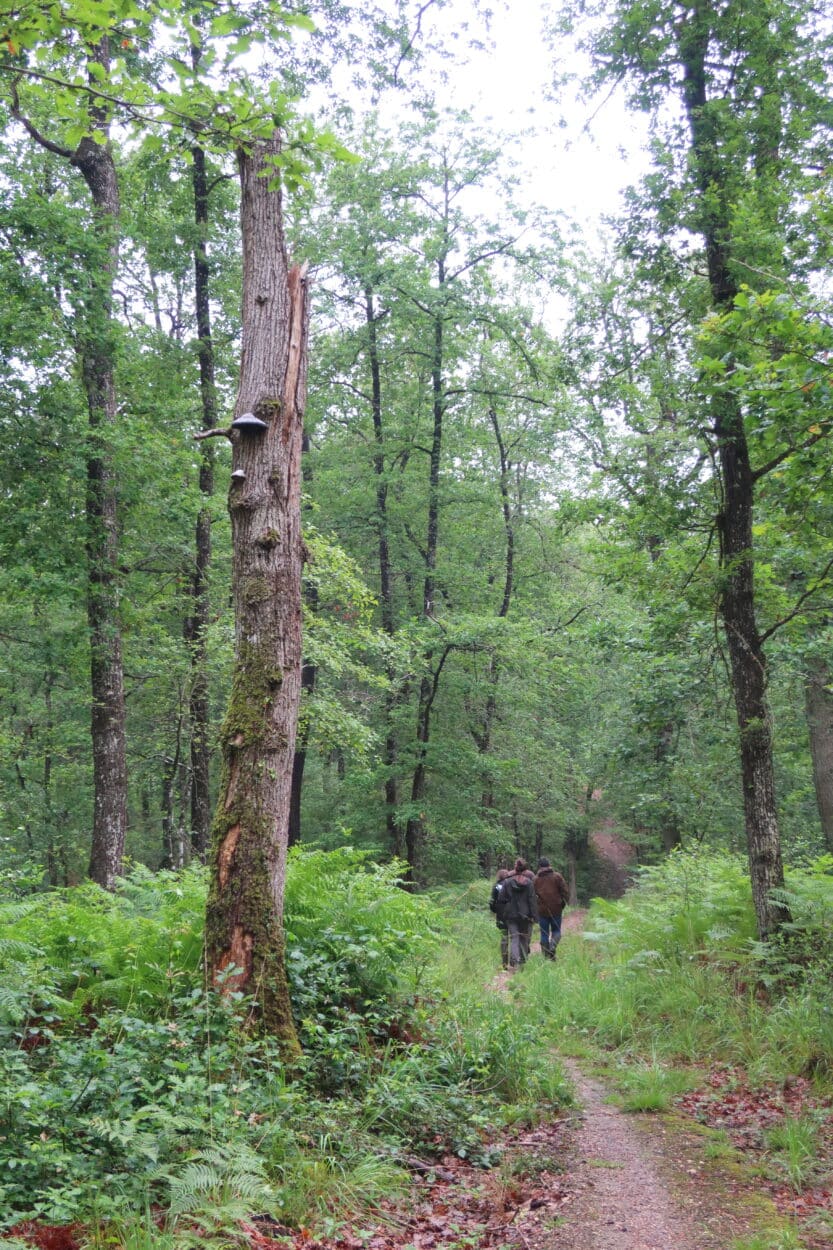
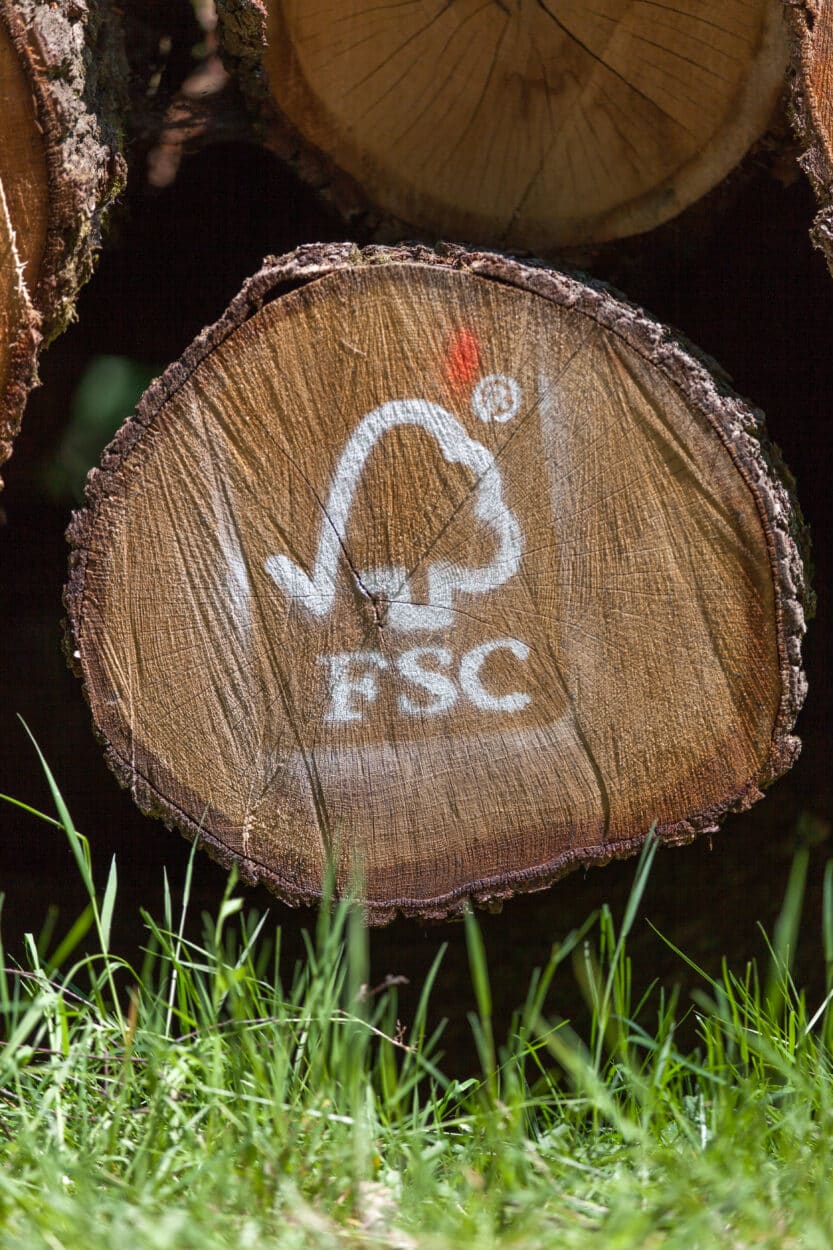
ArchiExpo e-Magazine: Can you tell us more about the pilot projects for blockchain? Can we expect to see blockchain soon in France?
Guillaume Dahringer: Indeed, these are pilot projects conducted by FSC International. FSC France may not necessarily be involved in the development because it is an international tool. To be honest, I don’t have very specific information about the deployment, but I believe it will start to be implemented in certain countries or for certain higher-risk products in 2024. Tracing complex supply chains such as coal and bamboo poses challenges. We are not a perfect system, and no system is. We realized that there were issues, and we began “cleaning up” companies, removing them from the list of certified ones. Therefore, for sectors that may have higher risks or potential fraud, we will deploy blockchain to have more assurance that these supply chains are clean. Ultimately, without making any firm commitments, I believe that by the end of 2025, we should have a more widespread deployment regardless of the region. There is still development work to be done.
ArchiExpo e-Magazine: What are the questions we should ask ourselves when purchasing wood for a construction project?
Guillaume Dahringer: Does the wood meet my needs? If I have wood for a structural purpose, it may not necessarily need to be protected from the weather, and it may not require the same characteristics and wood species as if it were for a facade or a terrace directly exposed to sunlight and rain, for example. Some woods undergo thermal or chemical treatments to make them weather-resistant, while others are naturally durable. For instance, we can use French wood that may not be very durable but can become so with treatment. On the other hand, we can purchase tropical woods that are naturally resistant to the weather and may not require such treatment. Hence the question: Is it more important for the wood to be local, treated or untreated, or do I accept wood from afar because I prefer to avoid chemical treatments that require significant energy in their production? One may argue that foreign wood is more environmentally friendly and better for health, for example. There is no simple choice, and each person must make their decision based on their principles. In any case, certification, particularly FSC certification, is a key aspect because it provides assurance about the wood’s origin and its eco-responsibility. Sometimes, we tend to use wood species that are familiar and commonly used, which leads to a high demand for certain wood species. However, a forest with greater variety is healthier for the ecosystem and provides more benefits for biodiversity.
Questions to consider:
- Does the wood species meet the necessary uses?
- Is it more important for the wood to be local, whether it needs to be treated or not?
- Do I accept wood from afar to avoid chemical treatment?
- Do I choose lesser-known wood to preserve forest diversity?
![Q&A: [Wood Construction] FSC France Revamps Standards and Explores Blockchain for Responsible Forest Management](/wp-content/uploads/sites/7/Construction-FSC-c-Hector-Santos-Diez-1250x938.jpg)
